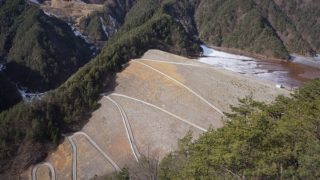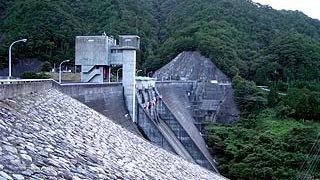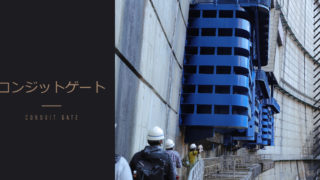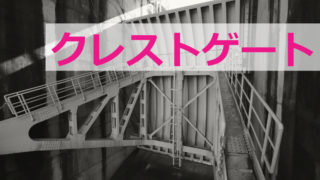flood season
It refers to periods of high precipitation, such as the rainy season and typhoon season (mainly from June to October). Therefore, just before the flood season, the water level of the dam lake is lowered to prepare for flooding. Some dams have a specific time of year for flood control. For example, the Muromaki Dam in Toyama Prefecture is open from June 21 to September 30, dams directly under the Abukuma River system are open from June 11 to October 10, the Ren Dam in Mie Prefecture is open from June 16 to October 31, and the Okura Dam in Miyagi Prefecture is open from July 1 to September 30.
2009.10.04
"ka" column or row of the kana syllabaryIntroduction to Damsdam terminology
 "ka" column or row of the kana syllabary
"ka" column or row of the kana syllabary "ka" column or row of the kana syllabary
"ka" column or row of the kana syllabary "ka" column or row of the kana syllabary
"ka" column or row of the kana syllabary "ka" column or row of the kana syllabary
"ka" column or row of the kana syllabary "ka" column or row of the kana syllabary
"ka" column or row of the kana syllabary "ka" column or row of the kana syllabary
"ka" column or row of the kana syllabary